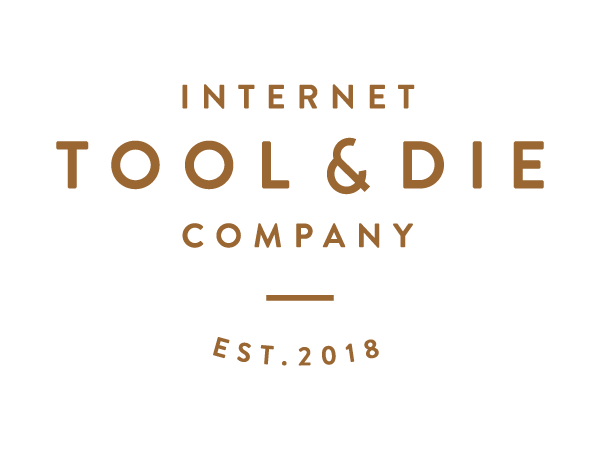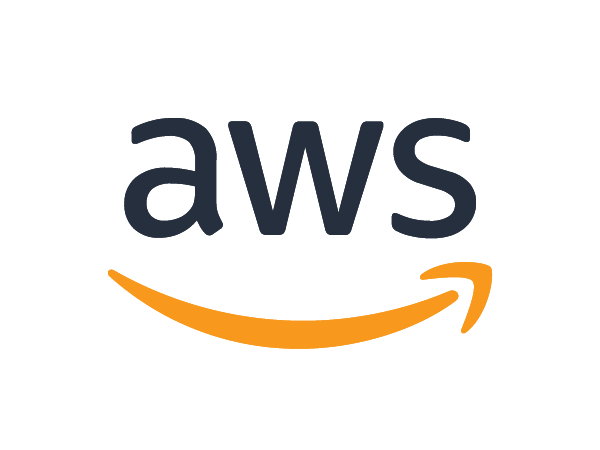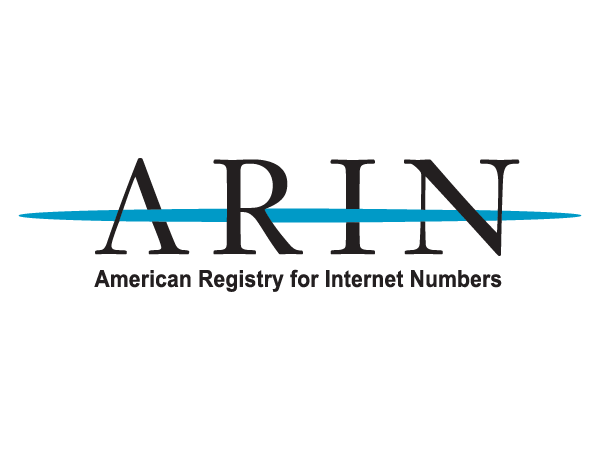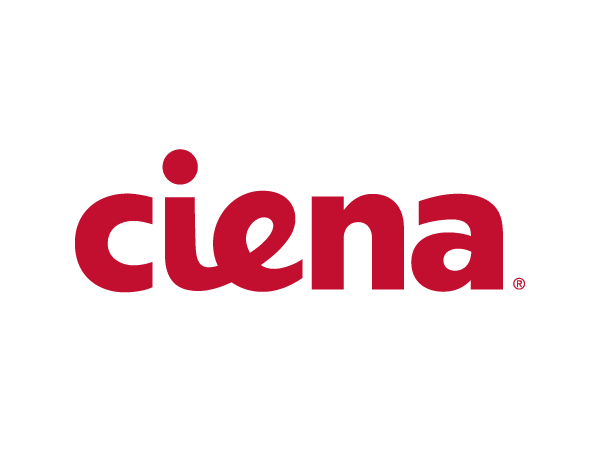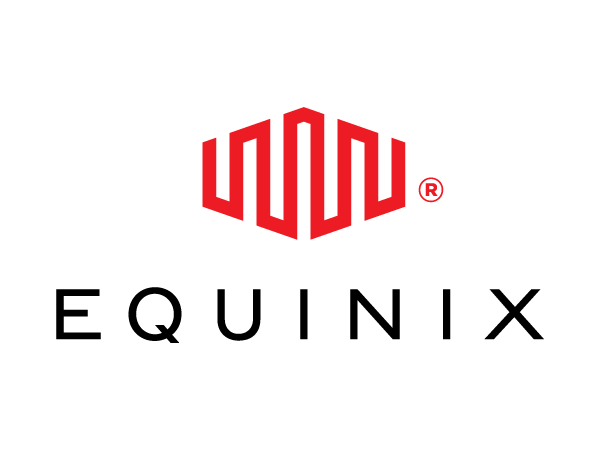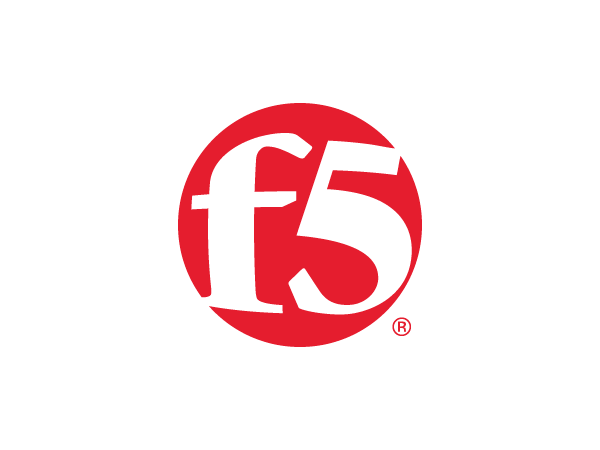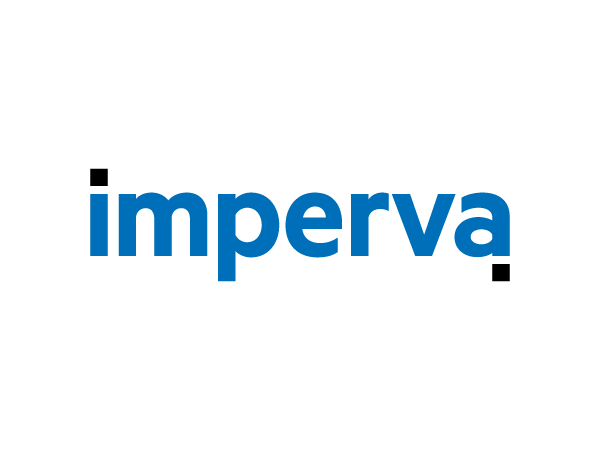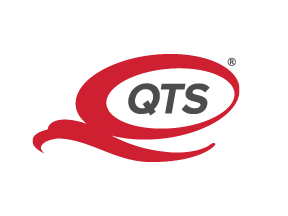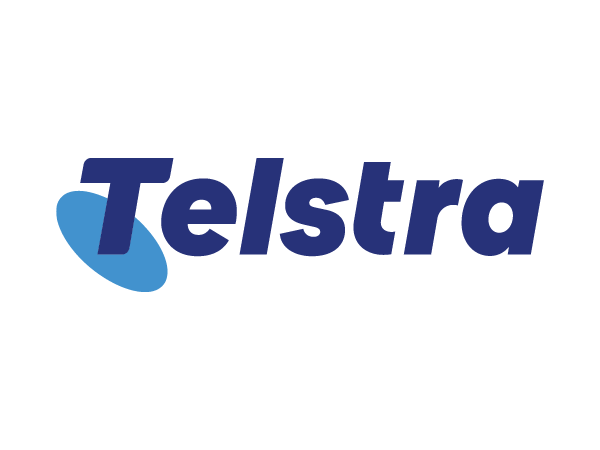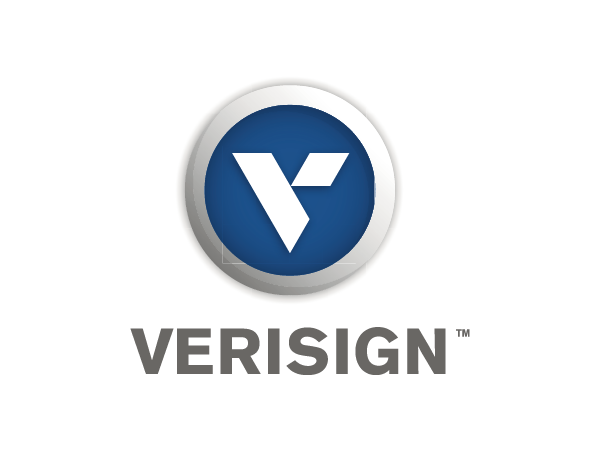NANOG 86 Agenda
NANOG 86 Agenda
Click on any talk title in the agenda to view the full abstract and speaker info.
Please note agenda is subject to change.
Sunday, October 16, 2022
| Topic/Presenter |
|---|
Full AbstractThe NANOG 86 Hackathon will focus on Packing up your Tool Kit. On Friday, 7-Oct, we will hold the Hackathon welcome, introduction, infrastructure tutorial, idea-pitching, and team-forming session over Zoom; this session will be recorded. Saturday, 15-Oct, will be the start of the hackathon; this day will be all virtual regardless whether or not you are at the conference venue. Sunday, 16-Oct, will be a true hybrid day with people continuing to work virtually as well as dedicated facilities (workspace, wifi, etc) for those at the conference venue. The Hackathon starts with a brief welcome and introduction, tutorial, and team formation on Friday, 7-Oct, at 11:00am Pacific. Hacking begins virtually at 1:00pm Pacific, Saturday, 15-Oct. The hacking ends at 5:00pm Pacific, Sunday, 16-Oct, when the team presentations will begin.The Hackathon will conclude around 6:00pm Pacific Sunday, 16-Oct. We have dedicated Support/Help Hours on Saturday from 1:00pm - 4:00pm Pacific virtually via Zoom and again on Sunday from 12:00pm - 5:00pm Pacific in a hybrid format. Those attending in person on Sunday will have lunch provided at noon, an afternoon break at 3:30pm, and a light reception at 5:45pm. Sponsors: |
|
|
Full AbstractREGISTER HERE: https://go.edgeconnex.com/bwp_hollywood_2022 *NANOG Badge required for entry Location: |
Monday, October 17, 2022
| Topic/Presenter |
|---|
|
|
Sponsors: |
RecordingsFull AbstractNew to NANOG ? Don’t miss our Newcomers Breakfast for an opportunity to network with fellow newcomers and learn more about NANOG - both the community and the organization. Topics to be covered include: |
NANOG 86 Conference Opening
Tina Morris - Amazon Web Services
Ryan Planchart - Netflix
Full AbstractWelcome to NANOG 86! Join us as we officially kick-off three days of great programming and networking events. Speakers
|
Keynote: Me, NTP, The NTP Project, and Network Time Foundation - How We Got Here: Welcome to my Hallucination
Harlan Stenn - Network Time Protocol (NTP) Project Manager, President of Network Time Foundation
Recordings
FilesFull AbstractTimekeeping has been a “thing” for humans for thousands of years. We generally do it without thinking about it. Doing it provably well, or even “better”, takes a possibly surprising amount of attention, consideration, and collaboration. Maybe even perspicacity. The first significant attempt to synchronize accurate network time might have been documented by Prof. David L. Mills, PhD, in February of 1981, in IEN-173. Dave’s work on the Network Time Protocol, with the help of a few other dedicated folks, quickly gelled and evolved. The evolution and refinement of NTP continues. This talk will cover various milestones that have occurred in my life, in the NTP Project, and with Network Time Foundation. With any luck, some aspects of the symbiotic connections around NTP and some of its primary contributors will be highlighted. Speakers
|
Going Dark: catastrophic security and privacy losses due to loss of visibility by managed private networks
Paul Vixie - AWS Security
RecordingsFilesFull AbstractEffective modern site security is behavioral in nature. We cannot choose or exclude our endpoints nor validate their supply chains, and so to the extent that we manage digital risks posed by our endpoints we do it by watching the signals (packets and flows) they emit. Such observations are categorically untenable for investigative journalists and dissidents since the category is occupied by corrupt or authoritarian regimes or their national security apparatus -- as explained by E. Snowden in 2013 and as codified by the IETF in RFC 7258. Using the same protocols for mobile devices which accounted for most human-centric endpoint growth since 2010 as we do for fixed devices on networks controlled by families and businesses is disrupting our limited ability to secure the latter in order to defend against worst-case outcomes for the former. Several decades of unapologetic abuse by the powerful have led the IETF to reform the basic Internet protocol suite around TLS 1.3 with Encrypted Client Hello, DNS over HTTPS, and the replacement of TCP by the UDP-based QUIC protocol. In this new configuration, network operators will not be able to detect endpoint behavior changes corresponding to infection, takeover, poisoned software update, latent design dangers, predaceous grooming, insider corruption, or hundreds of other well-understood digital harms. Many such operators have not been warned about this "rules change" and deserve to have their expectations explicitly and immediately reset so that they can make new plans which will be practical in the next era. It is the goal of this presentation to enumerate those alarms. Speakers
|
Full AbstractNANOG knows the importance of networking! Some of the tables at lunch will have "Table Topics" for you to be able to meet up with other that wish to network around the same topic. Network Management |
The 2022H1 DDoS Threat Landscape Report
John Kristoff - NETSCOUT / Dataplane.org
Full AbstractIn this presentation, we will discuss global and regional trends in DDoS attacks in the first half of 2022, including details of new DDoS vectors, observed attack volumes and prevalence, targeted verticals, notable attack campaigns, and other information relevant to network operators and their end-customers. Speakers
|
Towards a new Ethernet for High-Performance Data Centers - Activities and Enhancements in IEEE 802.1
Paul Congdon - Tallac Networks
Recordings
FilesFull AbstractThe IEEE 802.1 Working Group continues its pursuit of standards related to congestion management within Data Center Networks. Many of the initiatives are spun from the IEEE 802 “Network Enhancements for the Next Decade” Industry Connections Activity (Nendica) which recently published a report on “Intelligent Lossless Data Center Networks” ISBN: 978-1-5044-7741-3. The focus is on enabling low-latency, low-loss, high-reliability Ethernet-based Data Center Networks supporting RDMA and AI/HPC workloads. These environments are increasingly common within and traversing interconnected Cloud and Edge Data Centers. This presentation intends to provide the most up to date look at these proposed and active projects as well as other forward looking solutions that may be candidates for future standardization. Speakers
|
ML Driven Bandwidth Forecasting
Venkata Naga Chaitanya Munukutla - Juniper Networks
Full AbstractBandwidth management in a network is critical for efficient network utilization. Automatic bandwidth allocation using the classical maximum-average bandwidth method is limited in its capability in part due to its reactive nature and requiring many interdependent configurations to make it effective. We present a light weight, modular ML Driven Bandwidth Forecasting Framework that can proactively forecast bandwidth values based on historical patterns in the data. Our approach includes an ensemble of time series forecasting methods along with the traditional max-average approach. Additionally, we highlight several applications based on our framework that can enhance network performance. Speakers
|
|
|
Internet Routing and Traffic Security – A view from Cloud and CDN Providers
Andrei Robachevsky - Global Cyber Alliance
Anees Shaikh - Google
Fredrik Korsback
Somesh Chaturmohta
RecordingsFilesFull AbstractRouting and traffic security is one of the top challenges faced by the Internet today. A reliable and secure Internet is essential for society, but the trust model on which connectivity is based has eroded through BGP hijacks, routing misconfigurations, and DDoS attacks. While the Internet community has pursued several practical mechanisms to protect the Internet from these vulnerabilities, it is clear that the pace of adoption and deployment needs to increase further. Cloud and CDN providers are subject to these same issues, and also have some unique challenges that have led to collaborations in forums such as MANRS to introduce additional best practices. This session includes perspectives from several cloud and content providers to share their progress and experience implementing routing and traffic security to protect the Internet, and highlight how they are working with the wider Internet community toward the same goal. Presentation 1: Internet Society Title: Decentralized security of a globally distributed system: challenges and opportunities” Presentation 2: Google Title: A multi-pronged approach for securing Internet routing Bio: Anees Shaikh is a Principal Software Engineer with the Global Networking team at Google where he works on software systems that support traffic control, routing security, network management, and cloud networking. He is also active in a number of open source and industry efforts, including OpenConfig and MANRS. Prior to Google, Anees was the Chief SDN Architect at IBM where he was responsible for IBM's software-defined networking product architecture and technical strategy. Summary/abstract: Presentation 3: Amazon Title: How AWS is helping to secure internet routing Bio: Fredrik Korsbäck is a Senior Infrastructure Business Developer in the AWS Networking team, primarily taking care of the peering network in Europe. Fredrik is passionate about routing security and has been part of the Internet routing security community for a long time, enrolling three ISPs over the years into the MANRS programme. Summary/Abstract: To help put an end to BGP hijacking, AWS has been working closely with other industry leaders to make an industry-wide standard practice the use of Resource Public Key Infrastructure (RPKI) to digitally sign route announcements. This is not a simple process, and it has taken lots of time, effort, and cooperation. We are happy to have over 99% of our IPv4 and IPv6 -Space covered under a Route Origination Authorization for two years, and that we are right now dropping RPKI invalid routes in every single Point-of-Presence for AS16509. In this talk we will look at how we did it and what we believe the future holds. Presentation 4: Microsoft Title: Building reliable RPKI infrastructure for large scale networks and Protect network against DDoS. Bio: Somesh Chaturmohta is a Principal Software Engineering Manager in the Microsoft Global Networking team, responsible for managing the Microsoft Edge Network. He has been leading the Microsoft Edge Network team for more than 3 years and is currently working on the software-defined Edge. Prior to this, Somesh was leading the Azure Accelerated Networking program, where he built a software-defined networking stack for FPGA-based NICs. Somesh has more than 15 years of experience building various software-defined network controllers for cloud-scale networks. Summary / abstract Speakers
|
Full AbstractThe forum provides time for attendees to meet and network with others in the peering community present at NANOG. Peering Representatives, who completed and submitted the form will have a dedicated highboy table for up to 2 representatives. They will be able to distribute business cards, and provide a white paper or 1 sheet marketing page. Please note: any other type of giveaway is not allowed. Complete the form here: https://www.nanog.org/events/nanog-86/peering-forum/ |
Full AbstractDr. Nii Quaynor pioneered Internet development and expansion throughout Africa for nearly two decades, establishing some of Africa’s first Internet connections and helping set up key organizations, including the African Network Operators Group. In this episode of Internet Innovators, Quaynor talks to NANOG producer Elizabeth Drolet about his life, future projects, his values, how to properly introduce innovation to a new culture, the current status of Internet + more. |
Full Abstract*NANOG Badge required for entry Event: NANOG Social Event |
Tuesday, October 18, 2022
| Topic/Presenter |
|---|
|
|
Full AbstractThe Members Meeting agenda and link to the webinar details are available for Members only. You MUST be signed in with your NANOG Profile account to view the Members Meeting Agenda page. Please bring (or share via email) any questions you would like to discuss at the meeting. |
Internet impacts due to the war in Ukraine
Doug Madory - Kentik
Full AbstractRussia's invasion of Ukraine occurred just after NANOG 84. In addition to the tragic loss of life and destruction the subsequent fighting has wrought, the conflict has had measurable impacts on the Internet. DDoS attacks targeting Ukraine were followed by retaliatory attacks against Russian networks. Outages in Ukraine have resulted from the fighting as well as from "cyberattacks". Ukraine asked ICANN and RIPE to disconnect Russia while Russia moved to block Internet access to independent media which led to a BGP hijack of Twitter. Despite all of this, the Ukrainian Internet has proved to be resilient due in large part to the courageous efforts of the country's telecom technicians. This talk summarizes the Internet impacts from the recent war in Ukraine. Speakers
|
Native American Nations: The pandemic was a catalyst for the need for connectivity, but are we connected yet?
Matt Rantanen - Arcadian Infracom / SCTCA
RecordingsFilesFull AbstractNative American Nations: The pandemic was a catalyst for the need for connectivity, but are we connected yet? As we all know, the pandemic was the biggest marketing campaign for getting connected to broadband. Trapped in your home with quarantine restrictions and the need to communicate and participate in jobs, education, and life in general. Speakers
|
NOGs within the RIPE Community
Alastair Strachan
Full AbstractThe NOG landscape in the RIPE community is varied, some are highly active communities which meet regularly, some are simply telegram groups. What is important to some, may not be to others. This means trying to understand each NOG can be a difficult task.Working in collaboration with NOG organisers throughout the RIPE NCC service region and beyond, the RIPE NCC created a survey which has been sent to all NOG participants. This information is important to RIPE NCC as the NOG communities often comprise of the core people involved in maintaining an open, inclusive, collaborative Internet model in each country or region. If we have a better understanding of these NOGs on a more granular level, we can better tailor our services, training, and outreach in these regions.My presentation will highlight the results of this survey. I will be able to give not just an overview of the NOGs in our region, but also highlight interesting points with regards to specific regions and countries. This presentation will also allow me to give a clear update on what is currently the most important topics throughout our service region. Speakers
|
ARIN and ongoing developments in the global Internet Number Registry System
John Curran - ARIN
RecordingsFilesFull AbstractIn this session, ARIN CEO John Curran will provide a summary for network operators of ongoing global developments in the Internet Number Registry System with potential for operational effects, and the steps ARIN has taken to help promote ongoing stability of the overall system. Speakers
|
|
|
Women In Tech Lunch Presentation: Embrace Your Edge - Addressing Diversity by Creating Access
Hang Black
Full AbstractThere's a lot of momentum about diversity and inclusion, but the conversation is incomplete without a discussion about access. Especially in the high tech B2B, inclusion does not ensure equality. As leaders, we need to recruit, retain, and nurture a talent pool that offers the cognitive diversity required for innovation in an increasingly digital business world. For those who did not inherit access, you can curate your own network to shape your destiny as you navigate the career lattice. For those in power, attract the tenacity of a talent pool that possesses an innate entrepreneurial spirit. After a career of navigating in the dark, Sales Executive of a Fortune 500 company and Wall Street Journal Bestseller, Hang Black, is passionate about empowering women who have been unseen, and minorities who have been unheard to reach their potential. This program will invite attendees to embark on a journey of discovery and transformation with a framework called the 3 R's. * Reflect. Get oriented. How do you measure success? What are you proud of and where are you stuck? Be clear on whether an invitation to the room is to serve, to sit, or to speak. Now is the time to stand for each other. Speakers
Sponsors: |
Seamless Data Center Interconnect options using EVPN & various tunnel stitching
Michal Styszynski - Juniper Networks
RecordingsFilesFull AbstractThe data center interconnect became even more important for fast and secure data replication during the global pandemic era. With seamless DCI using various tunnel stitching options we can simplify and fully control where the data gets replicated between the data centers' geographically dispersed locations. The session will be focused on the rfc9014 interconnect design and implementation using the BGP EVPN control plane and various encapsulation stitching options. Speakers
|
Increasing IPv6 Utilization in Consumer Networks
Nimrod Levy - AT&T
Full AbstractWith so much content available via IPv6, why isn't more traffic using it? Speakers
|
Responsiveness under working conditions
Christoph Paasch - Apple
Full AbstractSince the early days of the Internet, capacity has been the prime metric to quantify the quality of the Internet access. While capacity was the primary challenge back in those days, we have successfully reached a point where the vast majority of users can easily access sufficient capacity for the majority of the use-cases. But still, Internet experience is often lacking the smoothness that we would expect. Video-conferencing still has frequent issues, video gaming is rarely a smooth experience and web-browsing still suffers from bad page-load times. We present a new metric, called "Responsiveness under working conditions", which significantly broadens the scope far beyond traditional capacity and latency measurements. This metric aims at quantifying the network's ability to provide low latency while at the same time providing high capacity. The measurement methodology not only measures the network, but also the end-host networking stack. We will describe how measuring responsiveness will allow to detect deep buffers in the server's networking stack and how it affects the end-user experience. Further, we describe steps that can be taken to reduce those buffers. We will conclude this talk by providing resources and open-source tools to allow everyone to reproduce the same measurement on their infrastructure and tune their networking stack for the benefit of their end-users. Speakers
|
|
|
RecordingsFull AbstractHear from candidates John Jason Brzozowski, Michael Costello, Leslie Daigle, Lee Howard, Alex Latzko, and Ernest Muhire as they answer questions asked by Dan Chioreanu from the NANOG Election Committee. NANOG Members are invited to leave Statements of Support for the candidates. You may complete a form here: https://www.nanog.org/members/elections/2022-candidate-statement-of-support-form/ Voting will open after the conclusion of this Candidate Forum. |
Being a better Netizen: MANRS @ DigitalOcean
Tim Raphael - DigitalOcean
Full AbstractOne of the core values at DigitalOcean is "Our community is bigger than us" - because we're a member of the Internet community, we felt it was necessary to do better and improve our routing security posture. So during 2020, we set out to become compliant with the MANRS Cloud and CDN program. This presentation will guide you through how we interpreted the MANRS guidelines and some of the tooling we used to implement better routing security in our global network. Speakers
|
RecordingsFilesFull AbstractUnlike commercial operating systems, free Linux distributions don't have a Content Distribution Network budget to serve updates to all their users, so they rely on volunteer run mirrors hosted by the community to make their operating systems and updates available online. Unfortunately, the traditional hosts of these sites are on the decline, so a new generation of Linux mirror hosts need to step up and continue to ensure that updates are available when needed. Speakers
|
Full AbstractREGISTRATION REQURIED REGISTRATION HAS CLOSED - MAX CAPACITY REACHED *NANOG Badge required for entry The Spare Room: http://www.spareroomhollywood.com/ |
Wednesday, October 19, 2022
| Topic/Presenter |
|---|
|
|
|
|
NANOG 86 Community Meeting
Edward McNair - NANOG
Full AbstractDon’t miss our Community Meeting for an opportunity to hear about what is happening with NANOG and the Program Committee. Speakers
|
Efficient network automation with Nornir and Napalm
Neelima Parakala
Full AbstractNornir is a vendor-neutral, open-source project. It is a multi-threaded network automation framework that abstracts inventory and task execution like configuring the devices, validating the operational data, and enabling the services on the provided hosts which are part of the inventory. As it is multithreaded, it allows managing the configuration of multiple network devices concurrently. NAPALM is a vendor-neutral, cross-platform open source project. It is a python library that provides a set of methodologies for configuration management and operational data retrieval. It supports Cisco IOS-XR, Cisco IOS, Cisco NX-OS, Juniper JunOS, and Arista EOS network operating systems. This session gives an overview of Nornir, Napalm, and the process of concurrently executing tasks to manage network configuration and operational data. Speakers
|
Tutorial: How Optical Networking Transformed Our World
Geoff Bennett
Full AbstractIn 1970 two technology pathways finally came together. The semiconductor laser and low attenuation optical fiber; technologies based on very different materials and unrelated branches of physics. Over 70 years of historical innovation in each of these areas finally converged at a point where the commercial application for high speed communications over long distances was now possible for emerging computer platforms. Speakers
|
|
|
Automating Your Circuit Maintenance Notifications
Josh VanDeraa
Full AbstractCircuit maintenance notifications are the lifeline to know when there is expected maintenance to a circuit. These notifications are meant to be communication of planned impact for a circuit. Too often these are missed, especially in larger environments with many circuits. There is a better way to manage these, with the help of the Nautobot Circuit Maintenance Plugin. Talk Agenda: Speakers
|
Full AbstractLearn about how Meta processes vendor scheduled maintenances in their Backbone networks. The talk will describe the various automation systems involved, reliability of operations and some improvements made for the issues observed. The talk concludes with a call for action to the entire networking industry to collaborate in standardising how vendor network maintenances are communicated. Speakers
|
Network CI with Open Traffic Generator API
Alex Bortok - Keysight
Full AbstractNetwork engineering teams across multiple industries are embracing Continuous Integration (CI) to deliver network projects with quality, keep service availability high and maintain confidence while rolling out changes to network infrastructure. Open Traffic Generator API defines a standard, model-driven and vendor-neutral interface for emulating layer 2-7 network devices and generating test traffic. It is gaining traction as part of a CI toolkit among open-source as well as commercial projects: In this presentation, we would like to introduce the Open Traffic Generator API (https://github.com/open-traffic-generator) to the network operator community and demonstrate how it can be used in combination with popular network CI and emulation frameworks: GitHub Actions, Containerlab, KNE. Speakers
|
RecordingsFull AbstractJoin us for a 15 minute recap of the hackathon - where the theme was Packing up your Tool Kit, sponsored by FLEXOPTIX. |
Sponsors: |
Internet Evolution Approaches at ITU-T - why should we care?
Dr. Hosein Badran - Internet Society
Full AbstractThe International Telecommunication Union’s Telecommunication Standardization Sector (ITU-T) received a proposal two years ago to begin work on designing a “new information and communications network with new protocol system” to meet the needs of a future network – the “New IP, Shaping Future Network” proposal. The proposal’s proponents made various claims about the issues that the current network faces as a basis for developing a new design. Many of the raised points have been widely researched in the technical and standards communities for decades and for which solutions already exist. Others deal with areas that are already the subject of current standardization or study. In addition, some of these ideas were reflected in earlier work of the ITU-T Study Group (SG13) Focus Group on Future Networks 2030. In December 2020, New IP was not approved as new work items for the next study period of ITU-T. Since December, however, elements of the New IP proposal were presented at the March and September 2021 meetings of ITU-T SG13 which is why it is relevant to continue to discuss the proposal. Also, some proposals for resolutions submitted to the World Telecommunication Standardization Assembly which took place in March 1-9, 2022, included elements of the NewIP proposal. Speakers
|
Emulating Network Topologies in k8s.
Rob Shakir - Google
Marcus Hines - Google
Full AbstractAs containerised versions of network devices become more available, it becomes easier to use these implementations for development purposes. Particularly, for network testing, validation and feature prototyping. KNE (Kubernetes Network Emulation) defines and standard interface to provision topologies of these containers, and provide data-plane connectivity between them, and control-plane connectivity to them through standard Kubernetes tooling. KNE is a collaboration between network operators, device vendors, and test equipment manufacturers to build a common ecosystem to allow multi-vendor emulation through a common framework. This talk introduces KNE, provides insight into the motivation behind the project, how it works, and the ecosystem and use cases that are building with it. Speakers
|
Lightning Talk: PeeringDB Call for Committee Members
Patrick Gilmore - Meta
Full AbstractThe PeeringDB is community run, and we need more community support. I would like to ask the community for help. Speakers
|
NANOG 86 Conference Closing
Elizabeth Culley - Comcast
Speakers
|
Sponsors: |
Open Seating is located in the Ray Dolby Ballroom Salon 3 - 5th Floor.
Espresso Bar, sponsored by QTS, is open Monday - Wednesday from 8:30 am to 4:30 pm, located in Ray Dolby Ballroom Salon 3 - 5th Floor.

